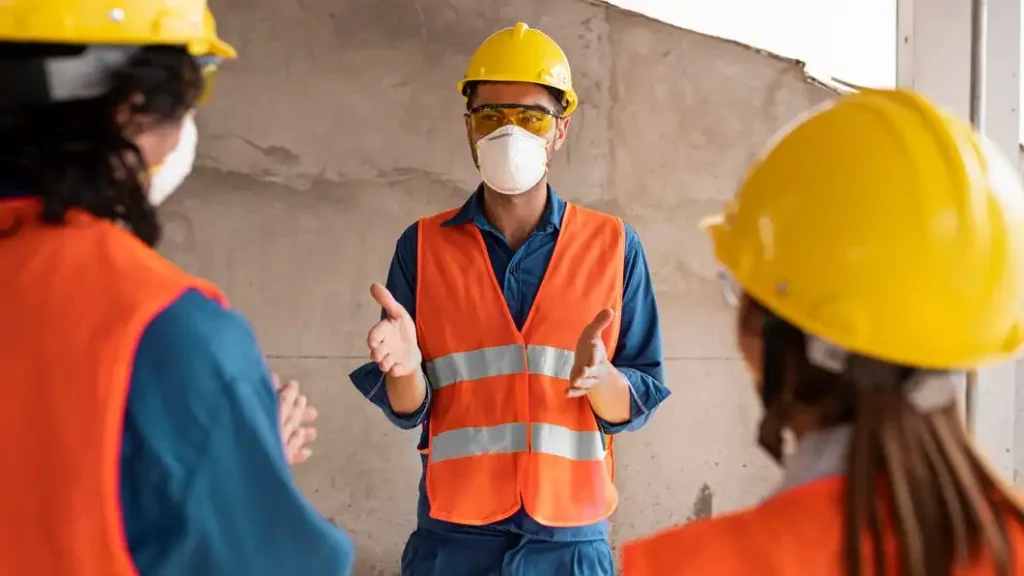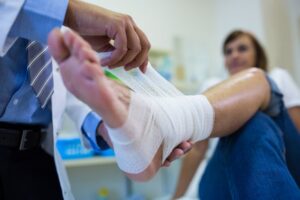Safety awareness is more than just a precaution—it’s a proactive approach to reducing risks and protecting lives. Whether at home, in the workplace, or during recreational activities, fostering a culture of safety can prevent countless injuries and fatalities. This blog highlights expert insights and statistics that underscore the critical importance of safety awareness in our daily lives.
Understanding Safety Awareness
Safety awareness involves recognizing potential hazards and taking steps to mitigate them. It empowers individuals, families, and organizations to make informed decisions that prevent accidents and promote well-being.
Why Safety Awareness Matters
- Reduces preventable injuries and fatalities.
- Promotes productivity and morale in workplaces.
- Decreases financial costs associated with medical bills and property damage.
Key Statistics Highlighting the Need for Safety Awareness
- Home Safety
- The National Safety Council (NSC) reports that falls are the leading cause of injury-related deaths among individuals aged 65 and older, accounting for over 36,000 deaths annually in the U.S.
- More than 350,000 home fires are reported annually in the U.S., causing thousands of injuries and fatalities.
- Workplace Safety
- According to the U.S. Bureau of Labor Statistics (BLS), there were 2.6 million nonfatal workplace injuries and illnesses in 2021.
- Falls, slips, and trips accounted for 18% of all workplace injuries, emphasizing the need for hazard awareness and prevention measures.
- Road Safety
- The World Health Organization (WHO) estimates that 1.3 million people die annually in road traffic crashes, with millions more sustaining nonfatal injuries.
- Distracted driving, including texting, contributes to nearly 9 deaths daily in the U.S., according to the NSC.
- Sports and Recreation
- The CDC notes that sports-related injuries result in over 3.5 million emergency room visits annually in the U.S., with concussions being a significant concern.
Expert Insights on Safety Awareness
1. Dr. Robert Glatter, Emergency Medicine Specialist:
“Preventable injuries often stem from a lack of awareness or preparedness. Teaching safety measures early, whether at home or in the workplace, can significantly reduce these risks.”
2. Rachel Grabenhofer, Workplace Safety Consultant:
“Organizations that prioritize safety awareness not only protect their employees but also benefit from reduced downtime, lower insurance costs, and improved worker morale.”
3. National Highway Traffic Safety Administration (NHTSA):
“Simple safety measures like wearing seat belts and avoiding distractions can reduce crash fatalities by nearly 45%.”
Practical Steps to Improve Safety Awareness
1. At Home
- Conduct regular safety audits to identify hazards.
- Install smoke detectors, secure heavy furniture, and keep emergency numbers visible.
2. At Work
- Provide ongoing safety training to employees.
- Implement ergonomic workstations and ensure compliance with OSHA guidelines.
3. On the Road
- Avoid distractions like texting or eating while driving.
- Regularly maintain your vehicle to ensure it’s in safe operating condition.
4. During Recreation
- Wear appropriate protective gear for sports or outdoor activities.
- Follow safety rules and guidelines specific to the activity.
The Ripple Effect of Safety Awareness
Safety awareness doesn’t just protect individuals—it creates a ripple effect of benefits for families, communities, and organizations. By emphasizing safety, we foster environments where:
- Injuries and fatalities are reduced.
- Resources are conserved by avoiding unnecessary medical or legal expenses.
- People feel empowered to engage in daily activities with confidence.
How to Foster a Culture of Safety
- Education: Regularly educate yourself and others about common hazards and prevention measures.
- Communication: Encourage open discussions about safety concerns in workplaces and communities.
- Preparedness: Develop and practice emergency plans for fires, earthquakes, or severe weather.
- Advocacy: Support local and national safety campaigns to spread awareness.
Final Thoughts
Safety awareness is essential for reducing preventable injuries and fatalities. The statistics and expert insights highlighted in this blog demonstrate the importance of proactive measures to create safer environments. By fostering safety awareness at home, at work, and in recreational settings, we can collectively save lives and build a more secure future.
For more safety tips and expert resources, visit Injuries Wiki—your trusted guide to injury prevention and recovery.









